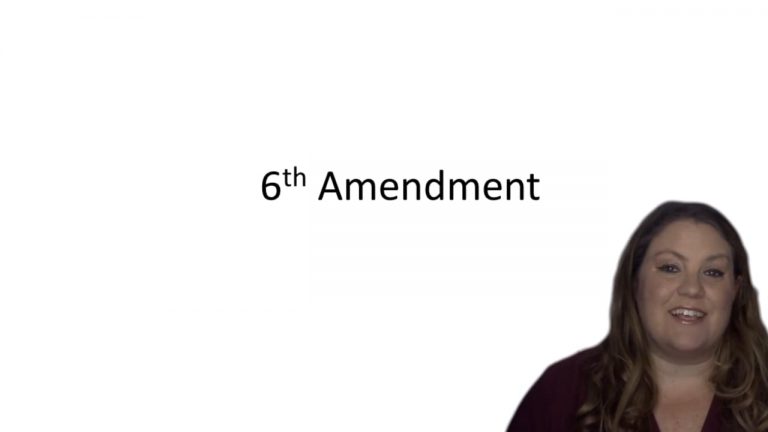SmartBrief
Confirm favorite deletion?
Criminal Procedure Keyed to Ohlin
Strickland v. Washington
Citation:
466 U.S. 668 (1984)Facts
During a 10-day period in September 1976, respondent planned and committed three groups of crimes, which included brutal stabbing murders, torture, kidnapping and others. After his two accomplices were arrested, respondent surrendered to police and voluntarily gave a lengthy statement confessing to the third of the criminal episodes. The State of Florida indicted respondent for kidnapping and murder and appointed an experienced criminal lawyer to represent him. Counsel decided not to look further for evidence concerning respondent’s character and emotional state. That decision reflected counsel’s sense of hopelessness about overcoming the evidentiary effect of respondent’s confessions to gruesome crimes. Counsel also excluded from the sentencing hearing other evidence he thought was potentially damaging. After sentence of death, respondent sought collateral relief in state court on numerous grounds, among them that counsel had rendered ineffective assistance at the sentencing proceeding.
Only StudyBuddy Pro offers the complete Case Brief Anatomy*
Access the most important case brief elements for optimal case understanding.
*Case Brief Anatomy includes: Brief Prologue, Complete Case Brief, Brief Epilogue
- The Brief Prologue provides necessary case brief introductory information and includes:
Topic:
Identifies the topic of law and where this case fits within your course outline.Parties:
Identifies the cast of characters involved in the case.Procedural Posture & History:
Shares the case history with how lower courts have ruled on the matter.Case Key Terms, Acts, Doctrines, etc.:
A case specific Legal Term Dictionary.Case Doctrines, Acts, Statutes, Amendments and Treatises:
Identifies and Defines Legal Authority used in this case.
- The Case Brief is the complete case summarized and authored in the traditional Law School I.R.A.C. format. The Pro case brief includes:
Brief Facts:
A Synopsis of the Facts of the case.Rule of Law:
Identifies the Legal Principle the Court used in deciding the case.Facts:
What are the factual circumstances that gave rise to the civil or criminal case? What is the relationship of the Parties that are involved in the case.Issue(s):
Lists the Questions of Law that are raised by the Facts of the case.Holding:
Shares the Court's answer to the legal questions raised in the issue.Concurring / Dissenting Opinions:
Includes valuable concurring or dissenting opinions and their key points.Reasoning and Analysis:
Identifies the chain of argument(s) which led the judges to rule as they did.
- The Brief Prologue closes the case brief with important forward-looking discussion and includes:
Policy:
Identifies the Policy if any that has been established by the case.Court Direction:
Shares where the Court went from here for this case.
Topic Resources
Topic Outline
Topic Refresher Course
Topic Charts & Notes

 4m 2s
4m 2s